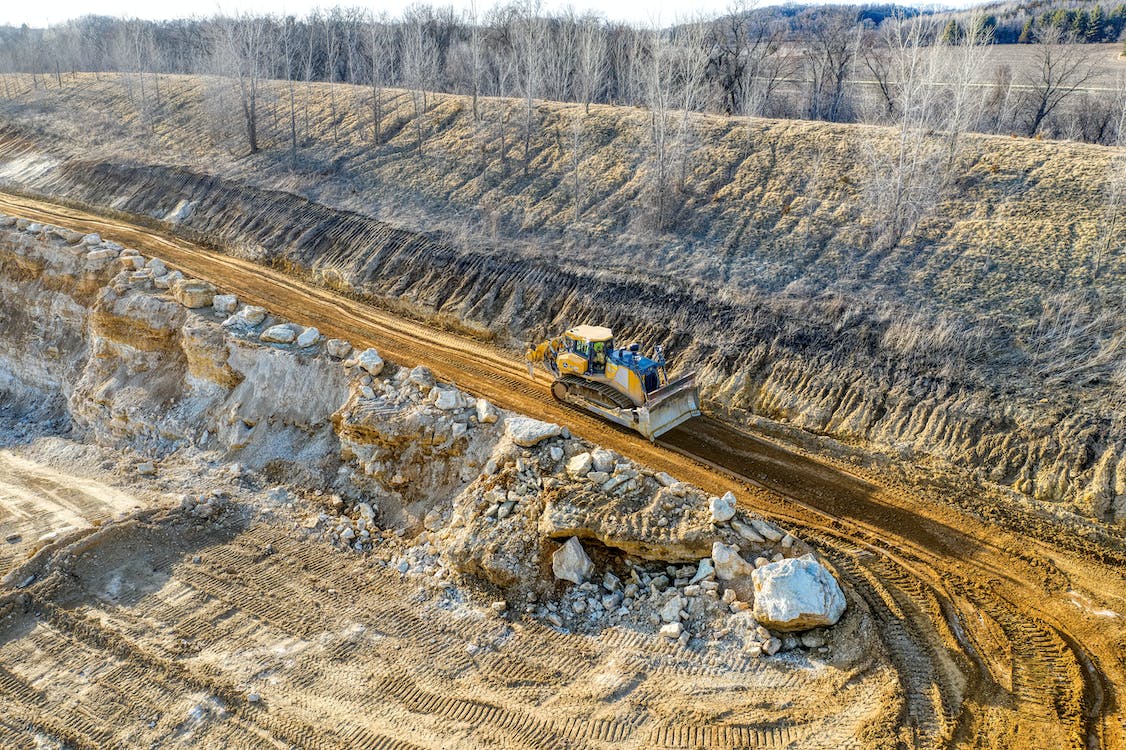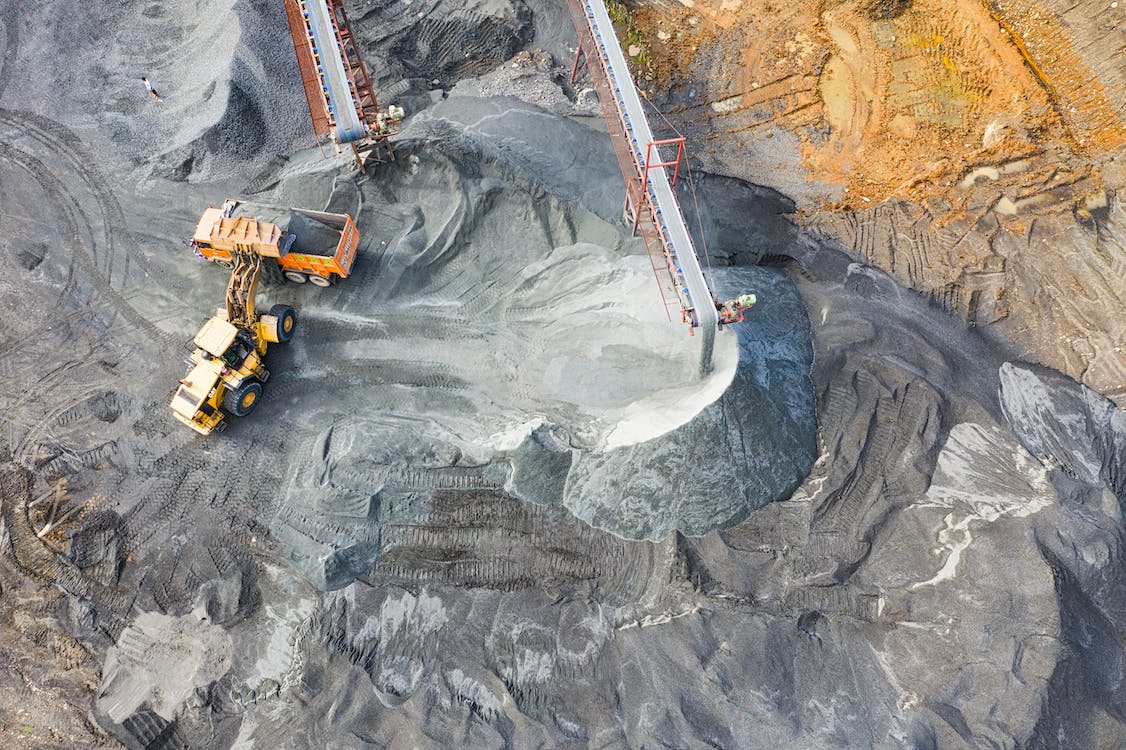COAL MINING ASSESSMENTS
11% of Britain sits on the coalfield. The coalfield can be divided into 2 areas, referred to as the Coal Authority Development High Risk Area and the Coal Authority Development Low Risk Area, when considering coal mining risks for land development.
The low risk area covers 85% of the coalfield, and it means that past coal mining activity has taken place at sufficient depth that it poses “low risk” to standard development.
15% of the coalfield is considered high risk for new development, meaning coal mining risks are present at a shallow depth and could affect new developments.
For the majority of developments in the high risk areas it is likely that a Coal Mining Risk Assessment will need to be submitted as part of the planning process, for the Coal Authority to comment on as a statutory consultee.


However, certain developments can be excluded from this, in which case the Local Planning Authority may require a “Coal Mining Informative Note” to be written to allow them to assess the risks posed to the development by historic, current and currently proposed coal workings.
In many cases this risk assessment is required before the planning application will be validated by the Local Planning Authority.
Normally for these works, Jomas would carry out the work based on the standard Coal Authority template. However, individual sites may present additional risks that could be as a result of previous coal mining activities. Where necessary, Jomas would evaluate the risk posed by these and provide advice accordingly.
- Read More
Where the none standard risks require assessment, Jomas has a wide range of expert skill sets including geotechnical and engineering geology as well as being able to assess the risk posed by the development and the coal working status of the site. Historically Jomas engineers have dealt with none standard issues such as
Hazardous ground gases – in addition to carbon dioxide and methane, in areas subjected to historic mine working or the storage of mine waste, other gases that may be of concern may include carbon monoxide and radon.
Ground instability – both the collapse of the ground due to cavities and / or slope instability of mine waste.
Water – water can become contaminated as it flows through historic workings or waste pits. Following the cessation of pumping from pits, the rising ground water can significantly alter the ground model, and the long term effects on the above.
Underground fire – a number of coal seams are known to be subject to spontaneous combustion and especially when disturbed. Other seams and coal waste can burn underground when exposed to sources of combustion. This can obviously result in the collapse of the ground and the generation of hazardous gases and pose an unacceptable risk to buried services.
The final part of the Coal Mining Risk Assessment would set out how the site can be made safe and stable for the development that is proposed.
